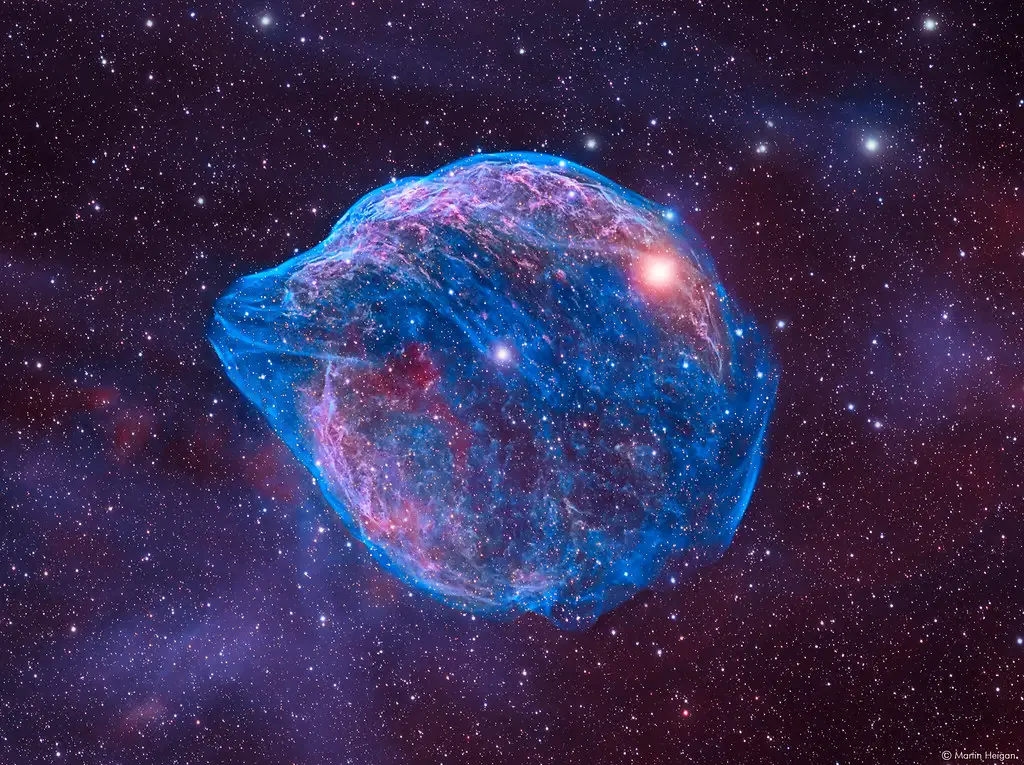At first glance, you might think that the stars we see in the night sky are just stars – just glowing dots of light in the sky. But if you look closer, you’ll discover that each star has its own characteristics and history, and each one has its own name. How did these stars get their names? And how do scientists know what those names are?
The Creation of a Star
A star forms from a massive, slowly rotating cloud of hydrogen and helium that is totally or nearly entirely hydrogen and helium. The cloud behind it falls inward due to its gravitational attraction. It spins faster and faster as it decreases, with the outer sections becoming a disc and the interior parts becoming a roughly spherical clump. NASA claims that the collapsing material becomes hotter and denser as it cools, generating a ball-shaped protostar. When the protostar’s temperature and pressure reach roughly 1.8 million degrees Fahrenheit (1 million degrees Celsius), atomic nuclei that normally reject each other fuse, igniting the star. Nuclear fusion transforms a small portion of these atoms’ mass into enormous amounts of energy. For example, 1 gram of mass transformed fully to energy would be equivalent to 22,000 tonnes of TNT exploding.
Star Names for Beginners
Ancient cultures noticed patterns in the sky that resembled people, animals, or daily items — constellations that came to represent mythical creatures like Orion the Hunter, a Greek hero. Constellations are currently commonly used by astronomers to name stars. The International Astronomical Union, which is in charge of naming celestial objects worldwide, recognizes 88 constellations. The brightest star in a constellation usually contains “alpha” in its scientific name, the first letter of the Greek alphabet. The second brightest star in a constellation is usually called “beta,” the third brightest as “gamma,” and so on until all Greek letters have been utilized, at which numerical point designations are used.
Stars as Constellations
The star names we know today were created by early civilizations, who would identify a group of stars and give them an easily recognizable name. Many of these original star names still exist today as constellations. The Greeks, in particular, had a large influence on modern-day star nomenclature, although most cultures created their own unique set of stars and stellar titles over time.
Evolution of the Stars
The gravitational collapse of cool, dense molecular clouds produces stars. The cloud fractures as it falls, forming smaller regions that constrict to create star cores. As they condense, these protostars spin faster and get hotter, and they’re encircled by a protoplanetary disc where planets could form later.
The temperature of the contracting protostar’s core rises to the point where nuclear reactions start. In the core, hydrogen is transformed to helium, and the star is born on the main sequence. The star will burn hydrogen into helium for around 90% of its life and remain a main-sequence star.
Energy generation ceases when the hydrogen in the core is converted to helium, and the core begins to compress. This elevates the star’s internal temperature, igniting a hydrogen-fueled shell surrounding the inert core. Meanwhile, the helium core continues to contract and heat up, increasing the rate of energy in the hydrogen shell. This causes the star to grow massively and gain brilliance, transforming it into a red giant.
The core eventually achieves temperatures high enough to convert helium to carbon. The entire core burns in a helium core flash if the star’s mass is less than around 2.2 solar masses. The core ignition is softer if the star is more massive than this. The star continues to consume hydrogen in a shell around the core at the same time.
In its core, the star burns helium into carbon for a fraction of the time it burns hydrogen. After the helium has been transformed, the inert carbon core starts to shrink and heat up. This ignites a helium-burning shell, which is encircled by a hydrogen-burning shell just above the core.
![]()
